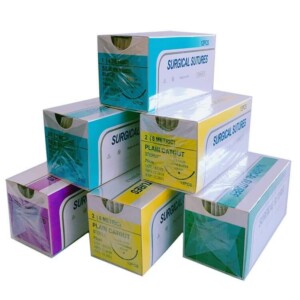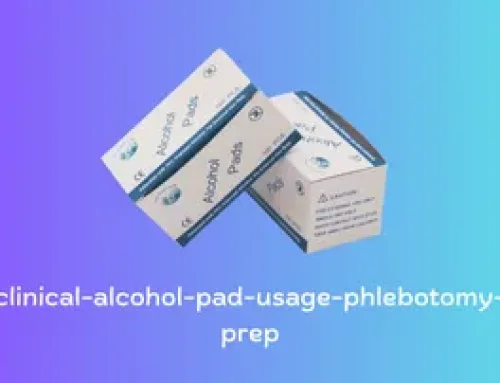Surgical suture materials play a crucial role in the healing process after surgery. They hold the wound together to help prevent infection. The choice of suture material depends on a variety of factors, including the type of surgery, the location of the wound, and the patient’s health. In this article, we will discuss the pros and cons of different surgical suture materials to help you make an informed decision.
What do medical sutures do?
Sterile surgical threads used to close wounds are called sutures or stitches. They are frequently used to seal surgical incisions as well. Surgical Sutures may not always be necessary for some wounds; instead, metal staples may be needed. Everything is based on the wound.
What is the purpose of surgical sutures?
Deep cuts or wounds are closed using sutures. When a deep wound is present, a doctor could need to layer by layer and stitch the wound’s two edges together. When this occurs, sutures are left beneath the skin’s surface, which eventually heals the wound.
Natural Suture Materials
Natural suture materials, such as catgut and silk, have been used for centuries in surgical procedures. They are absorbable, meaning they break down and disappear over time, allowing the wound to heal on its own.
Pros of Natural Suture Materials
- Absorbable: As mentioned, natural suture materials are absorbable, which reduces the need for follow-up appointments to remove stitches.
- Easy to handle: Natural suture materials are flexible and easy to handle, making them ideal for delicate surgical procedures.
- Low cost: Natural suture materials are typically less expensive than synthetic options.
Cons of Natural Suture Materials
- Poor tensile strength: Natural suture materials have poor tensile strength, which means they may break or come apart during the healing process.
- Potential for infection: Natural suture materials are derived from animal sources, which can carry bacteria and other pathogens that may cause infection.
- Allergic reactions: Some patients may experience an allergic reaction to natural suture materials.
Synthetic Suture Materials
- Synthetic suture materials, such as polyglactin 910 and polypropylene, are made from man-made materials and have been used in surgery for several decades.
- Unlike natural suture materials, synthetic suture materials are not absorbable and remain in the body after the wound has healed.
Pros of Synthetic Suture Materials
- High tensile strength: Synthetic suture materials have a high tensile strength, which means they are less likely to break or come apart during the healing process.
- Reduced risk of infection: Synthetic suture materials do not carry the risk of infection associated with natural suture materials.
- Non-absorbable: As mentioned, synthetic suture materials remain in the body after the wound has healed, providing additional support to the wound and reducing the risk of re-opening.
Cons of Synthetic Suture Materials
- Not absorbable: Synthetic suture materials do not break down or disappear over time, which means they may need to be removed at a follow-up appointment.
- More expensive: Synthetic suture materials are typically more expensive than natural options.
- Risk of complications: In rare cases, synthetic suture materials may cause complications, such as inflammation or infection.
In conclusion
When choosing surgical suture material, it is important to consider the pros and cons of each option. Natural suture materials are absorbable and easy to handle but have poor tensile strength and the potential for infection. Synthetic suture materials have high tensile strength and reduced risk of infection, but are not absorbable and may be more expensive.
It is always recommended to consult a healthcare provider to determine the best option for your specific needs. They will consider factors such as the type of surgery, the location of the wound, and your overall health to make a recommendation.
For more details on Surgical Suture, please click the following link: Download the Surgical Suture Manual.






